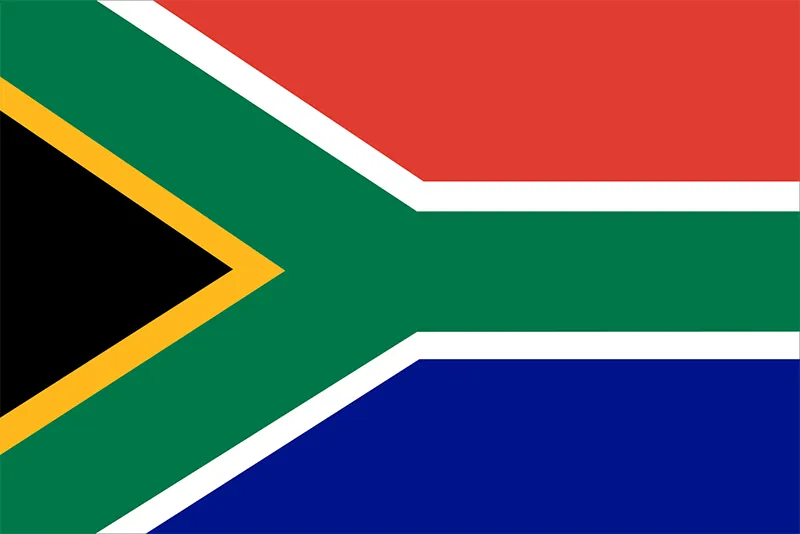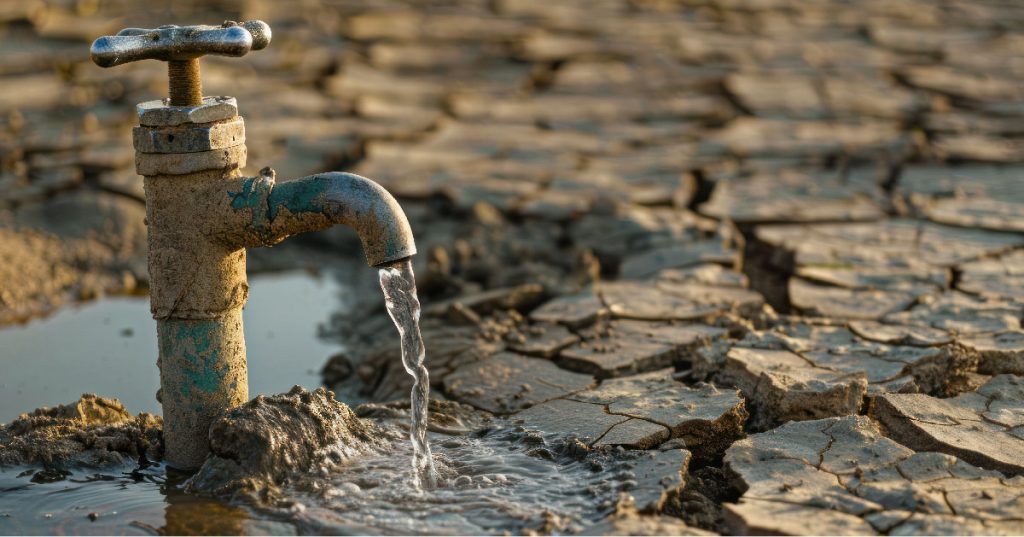Water is the foundation of life, yet its availability is becoming increasingly limited in many regions. South Africa, known for its diverse landscapes and rich natural resources, is facing a growing crisis—water scarcity. But what is water scarcity, and why is it such a critical issue? Water scarcity refers to the lack of sufficient water resources to meet the needs of a population. It can be caused by a combination of environmental, economic, and social factors, making it a complex challenge that requires immediate attention.
Understanding Water Scarcity in South Africa
South Africa is classified as a water-scarce country, with an annual rainfall that is less than half of the global average. The country’s dependence on a limited number of water sources, coupled with an increasing demand due to population growth and economic activities, has led to a significant water crisis. Water scarcity in South Africa is not only a threat to agriculture and industries but also to the health and well-being of its people.
Causes of Water Scarcity in South Africa
There are several causes of water scarcity in South Africa, each contributing to the worsening situation. Understanding these factors is crucial in developing sustainable solutions.
- Climate Change and Erratic Rainfall: One of the leading causes of water scarcity in South Africa is climate change. Rising temperatures, prolonged droughts, and unpredictable rainfall patterns have reduced the availability of freshwater sources. Many regions are experiencing severe droughts, which directly impact water reservoirs, rivers, and underground water reserves.
- Population Growth and Urbanization: South Africa’s growing population has led to an increased demand for water. Urbanization has also put significant pressure on water supply systems. As cities expand, water consumption rises, leading to shortages in various parts of the country.
- Overuse and Mismanagement of Water Resources: Excessive water usage in agriculture, industry, and households is another major factor. Many industries require large amounts of water for production, while inefficient irrigation systems in agriculture contribute to wastage. Additionally, poor management and a lack of water conservation strategies have exacerbated the issue.
- Aging Infrastructure and Water Loss: South Africa’s water infrastructure is aging and, in many places, inadequate. Leaking pipes, broken reservoirs, and inefficient distribution networks result in significant water losses. According to estimates, the country loses about 37% of its water due to leaks and inefficient systems.
- Pollution and Water Contamination: Water pollution is a growing concern in South Africa. Industrial waste, sewage disposal, and chemical runoff from farms contaminate rivers and reservoirs, making the available water unsafe for consumption. This further reduces the amount of clean, usable water.
- Deforestation and Environmental Degradation: The destruction of forests and wetlands has negatively impacted the natural water cycle. Trees play a crucial role in maintaining the water balance by absorbing rainwater and replenishing underground reserves. With deforestation, the ability of land to retain water decreases, worsening water scarcity.
Solutions to Address Water Scarcity in South Africa
While the causes of water scarcity are multifaceted, there are viable solutions that can help mitigate the crisis. By implementing efficient water management practices and promoting sustainability, South Africa can work towards securing its water future.
- Investing in Water Conservation and Management: Water conservation measures, such as rainwater harvesting and efficient irrigation techniques, can help reduce wastage. Encouraging responsible water use in households and industries can also contribute to long-term sustainability.
- Upgrading Infrastructure and Reducing Water Loss: Modernizing water distribution networks, fixing leaks, and upgrading outdated systems can significantly reduce water loss. Investments in smart water management technologies can help monitor and control usage more effectively.
- Promoting Alternative Water Sources: Exploring alternative water sources, such as desalination and wastewater recycling, can provide additional supply. Desalination plants convert seawater into freshwater, while treated wastewater can be reused for agricultural and industrial purposes.
- Strengthening Policies and Governance: Implementing stricter regulations on water usage and pollution control is essential. Government policies should promote sustainable practices and ensure that industries comply with water conservation measures.
- Reforestation and Environmental Protection: Restoring forests, wetlands, and natural water catchment areas can improve water retention and replenish underground reserves. Community-driven initiatives for tree planting and land conservation should be encouraged.
- Public Awareness and Education: Educating citizens about the importance of water conservation can drive behavioral changes. Schools, businesses, and communities should engage in awareness programs that highlight practical ways to reduce water usage.
How Does Ion Exchange Helps Address Water Scarcity in South Africa?
One of the leading companies addressing water scarcity in South Africa is Ion Exchange. By providing advanced water treatment and recycling solutions, Ion Exchange is crucial in helping industries and communities manage their water resources more sustainably.
It offers a compact, fully automated twin-bed deioniser system with advanced counter-flow ion exchange technology. Designed for rapid regeneration within 35 minutes, it ensures continuous high-quality deionized water with minimal waste. The skid-mounted, corrosion-resistant frame includes a stainless steel pump that aids in service and provides recirculation options for optimal water quality. With a PLC-controlled cycle and a 10.4″ HMI display, it operates at low cost and high efficiency, achieving water conductivity between 1–10 μS/cm, ideal for applications demanding superior treated water.
-
INDROMATIC RO SERIES
The escalating scarcity of quality water has heightened dependence on groundwater sources, necessitating effective treatment solutions for brackish or saline water. With Ion Exchange’s INDROMATIC RO SERIES, industries are leveraging advanced reverse osmosis membrane technology. Widely adopted globally, this system efficiently purifies brackish water for industrial and potable use. The INDROMATIC RO SERIES ensures the production of water with significantly low dissolved solids while eliminating particulate, colloidal, and organic matter. Noteworthy advantages include its status as the most economical and efficient method for dissolved solids removal, operational simplicity with a compact footprint, adept handling of fluctuations in feed water Total Dissolved Solids (TDS), and assured accessibility to spares and services with a short delivery period.
Ion Exchange provides innovative water recycling solutions with a range of advanced products designed to meet diverse treatment needs. These include continuous media filters, which efficiently remove suspended solids and impurities; advanced oxidation systems, which break down complex contaminants using powerful oxidation processes; and membrane systems for high-performance filtration, ensuring clean and reusable water. Together, these technologies enable industries to recycle water effectively, reduce waste, and promote sustainable water management practices.
Conclusion
Addressing water scarcity in South Africa requires a collective effort from the government, industries, and individuals. Sustainable water management practices, investment in infrastructure, and awareness campaigns are key to overcoming this challenge. With proactive measures, South Africa can ensure a stable water supply for future generations.
Connect with Ion Exchange experts today to learn more about effective water management solutions.


